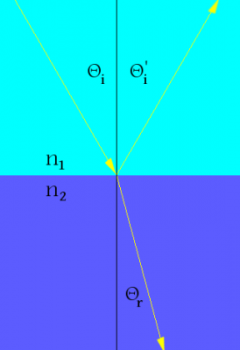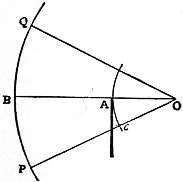Light travels in a straight line through air or a vacuum at approximately 2.9979x108m/s and takes eight minutes to come from the Sun to Earth. Propagation of light follows the inverse square law, the cosine law and the cosine cubed rule. When light meets a non-opaque objects it can be diffracted if wave density is not conserved. This is known as the rainbow phenomenon.
Light displays both wave and particle like properties. Light acts as a particle with respect to its emission and its absorption behaviours. Light acts as a wave by its propagation and interference properties.
Light can be refracted, reflected, interfered or diffracted when passed through different mediums that are not opaque or transparent.
© BrainMass Inc. brainmass.com June 30, 2024, 9:25 am ad1c9bdddf



